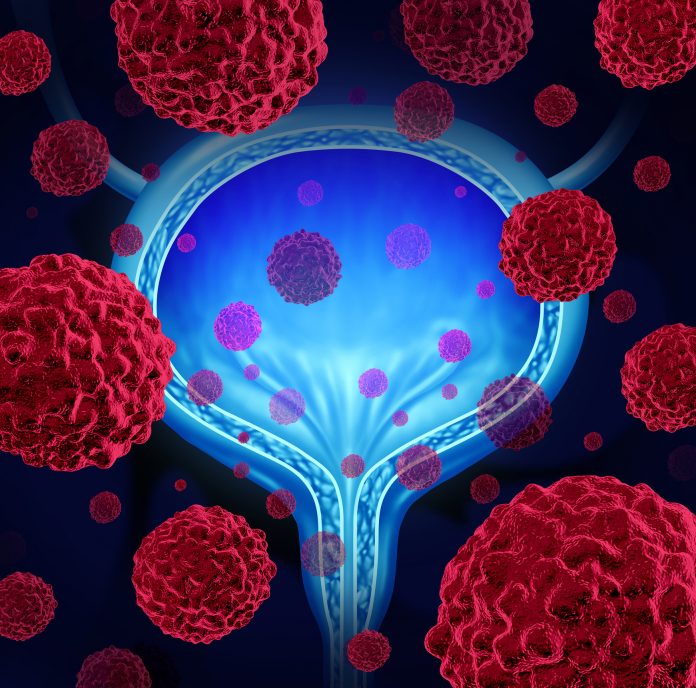
Researchers from the University of Chicago and the University of California, San Francisco, have uncovered a key mechanism driving genetic instability in aggressive cancers: collisions between DNA replication and transcription processes. The findings, published in Nature Cancer, shed light on how these collisions cause large tandem duplications (TDs)—a specific type of genetic alteration strongly linked to cancer progression—and highlight potential biomarkers and treatment options for hard-to-treat cancers.
DNA replication and transcription are essential cellular processes that usually operate on the same DNA strand without interference. Replication copies genetic material during cell division, while transcription converts DNA into RNA for protein synthesis. Occasionally, however, these processes collide, disrupting both and creating cellular stress known as transcription-replication collisions (TRCs). The role of TRCs in driving cancer-causing genetic instability has remained largely unexplored until now.
“Every tumor has a mix of structural variations, but the changes often occur in subsets, as there are many ways to produce these variations,” said study lead author Lixing Yang, PhD, assistant professor in the Ben May Department of Cancer Research at the University of Chicago. By analyzing 6,193 whole-genome-sequenced tumors, the team identified distinct patterns of structural variations caused by TRCs, including large TDs—repeated copies of DNA segments near their original sequence.
Large TDs were found to be particularly common in upper gastrointestinal, prostate, breast, and ovarian cancers and are associated with poor patient outcomes. These duplications frequently occurred in tumors with mutations in specific genes, including TP53, CDK12, and SPOP, which are known to play critical roles in maintaining genomic stability. “Although this correlation was known, no one had demonstrated that collisions are the underlying reason why CDK12 mutations lead to large tandem duplications,” Yang explained.
The study used computational techniques to uncover the unique genomic signatures of TRCs. Structural variations caused by collisions leave distinct patterns, such as dosage imbalances at DNA junctions, where additional DNA copies are incorrectly patched onto existing sequences. These patterns serve as a “fingerprint” of the TRC process, providing insights into how genomic instability arises and propagates in cancer.
Importantly, the findings have practical implications for treatment. The researchers discovered that cancers with large TDs are more sensitive to specific drugs, including WEE1, CHK1, and ATR inhibitors. These drugs target vulnerabilities in cells with high TRC levels, providing a potential pathway for developing treatments tailored to tumors with these genetic alterations.
“Our data suggest that large tandem duplications in cancer form as a result of TRCs and their presence can be used as a biomarker for prognosis and treatment,” the study authors noted.
The link between large TDs and aggressive cancers highlights the need for innovative strategies to improve outcomes for patients with these challenging malignancies. By identifying the genetic mechanisms behind structural variations and their associated vulnerabilities, the research offers a foundation for precision medicine approaches targeting specific genetic alterations.
Looking ahead, the researchers plan to expand their studies on TRCs and explore how targeting these collisions could benefit a broader range of cancers. Their work also underscores the potential of using biomarkers like large TDs to predict patient prognosis and guide treatment decisions, bringing hope for improved therapies in some of the most hard-to-treat cancers.









